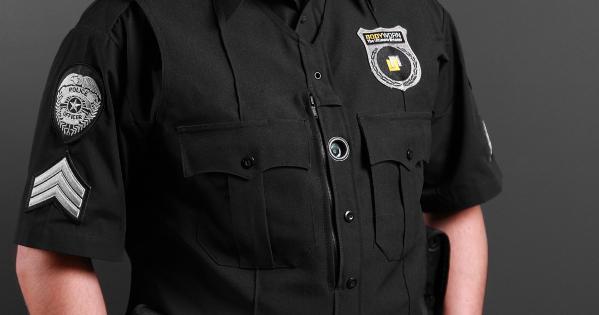SPA Scholars Reveal Merits of Body-worn Cameras to Hold Police Accountable

Recent high-profile cases of excessive force by police have spurred a push for strategies to improve officer accountability. Now, a new study by researchers in the AU School of Public Affairs (SPA) shows body-worn cameras are an effective tool to provide evidence of misconduct and remedy racial disparities in complaint resolution outcomes.
The results appear in a working paper “Body-Worn Cameras and Adjudication of Citizen Complaints of Police Misconduct,” by Suat Cubukcu, SPA professorial lecturer; Erdal Tekin, SPA professor; Nusret Sahin of Stockton University; and Volkan Topalli of Georgia State University, recently posted on the National Bureau of Economic Research website.
Chicago was one of the first cities to share detailed information about citizen complaints of police misconduct, which includes the reason for complaints (excessive force, verbal abuse, domestic violence, etc.), demographics of citizens filing, and outcomes. The Illinois State Appellate Court in Kalven v. the City of Chicago (2014) ordered documents of citizen complaints and allegations of police misconduct to be considered public information shared under the Freedom of Information Act, making this study possible.
In their analysis, the researchers used citizen complaint data from the Chicago Police Department and Civilian Office of Police Accountability filed between 2013-2020. They examined the staggered deployment of cameras in 22 districts in 2016 and 2017 to estimate the effect of enhanced technology on outcomes of citizen complaints, while controlling for other factors.
The results revealed that body-worn cameras led to fewer dismissals of complaints against officers, more disciplinary action for misconduct, and a reduction in disparity in complaint outcomes across racial groups.
The findings demonstrate that, when camera recordings were available, complaints by Black citizens were taken as seriously as those by Whites. This is encouraging, said Cubukcu, because previous research has revealed complaints by Whites to be ten times more likely to result in disciplinary action against an officer than those filed by Blacks.
“It provides enhanced evidence to say that body-worn cameras help us to reduce the racial disparity,” Cubukcu said. “And it truly shows that there is a racial bias in the investigation.”
At a time of significant tension between police and communities of color, the study indicates that body-worn cameras may be a good investment to hold officers accountable for misconduct. The footage can also be used to support police against false claims of abuse by citizens.
Prior to camera usage between 2011 and 2016, just 2% of citizen complaints in Chicago resulted in a police officer being sanctioned—either because the case was dropped, the claim was unfounded, or the officer was exonerated.
“There's so much concern about the investigation process and 98% of the complaints just went to the trash,” Cubukcu said. “Because cameras are providing more objective evidence—it's not just people’s statements—you cannot dispute the recording.”
As cities spend millions of dollars on cameras and methods of saving the data, Cubukcu said the study provides strong evidence this technology is useful in the investigation process and could help departments meet their goal of building trust with communities.
